As we step into a new era of inclusivity and personalization, adaptive fashion is emerging as a vital component of the broader fashion landscape. Gone are the days when clothing options for individuals with disabilities were limited and often uninspired. Today, designers and brands are recognizing the importance of creating stylish, functional, and accessible clothing that meets the diverse needs of all individuals.
In this article, we will explore the exciting trends set to shape the future of adaptive fashion in 2025. From innovative materials to advancements in technology, we’ll highlight the creative solutions that are not only transforming how we dress but also fostering a more inclusive society. Join us as we delve into the world of adaptive fashion and uncover what lies ahead for this dynamic and essential movement.
Exploring Innovative Materials in Adaptive Fashion
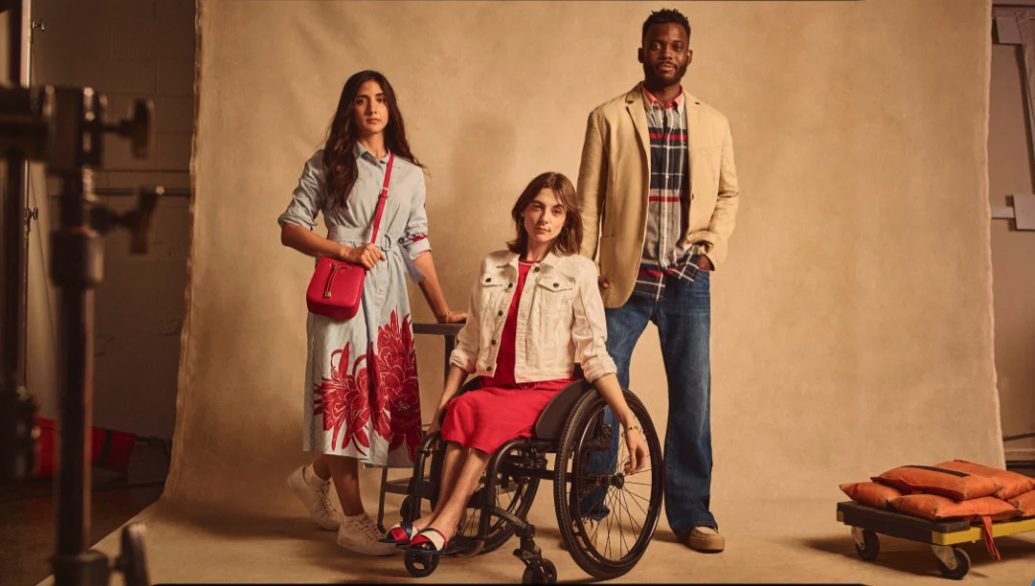
in the dynamic realm of adaptive fashion, the emergence of innovative materials is set to redefine both comfort and style. Designers are increasingly turning to smart fabrics that can adapt to temperature changes, enhance mobility, and even monitor health metrics. These materials not only cater to the practical needs of individuals with disabilities but also align with the mainstream fashion narrative, showcasing how functionality can harmoniously blend with aesthetics. Some materials to watch include:
- self-healing fabrics: Materials that can repair themselves from minor tears, extending the lifespan of garments.
- 3D-printed textiles: Customizable designs that fit individual body shapes perfectly, eliminating the need for alterations.
- Biodegradable options: Eco-pleasant materials that promote sustainability while offering comfort and style.
furthermore, the integration of wearable technology presents a groundbreaking opportunity for adaptive fashion. fabrics embedded with sensors can track vital signs, providing wearers with essential health data seamlessly woven into their clothing. This convergence of fashion and technology opens up a pathway to greater independence for individuals with disabilities. As brands begin to embrace these trends, collaborative efforts between technologists and designers will pave the way for a future where adaptive pieces are not just functional but also fashion-forward. The following table highlights some key innovations shaping the future landscape:
| Innovation | Description | Benefits |
|---|---|---|
| Smart Textiles | Fabrics that can sense and react to environmental stimuli. | Enhanced comfort and personalization. |
| Adaptive Fit | Clothing that adjusts size and shape based on user needs. | Increased accessibility for diverse body types. |
| Health Monitoring | Integrated technology for tracking health metrics. | proactive health management. |
Embracing Technology: The Future of Wearable Assistance
As we advance towards 2025, the intersection of technology and adaptive fashion is set to redefine how we perceive wearable assistance. Innovations such as smart textiles and integrated sensors are emerging, enabling garments to respond to the wearer’s needs in real-time. These advancements will create clothing that not only adapts to various body types and physical challenges but also enhances comfort and functionality. Expect to see a rise in features like:
- Temperature regulation: Fabrics that adapt to the wearer’s body heat, ensuring optimal thermoregulation.
- Health monitoring: Clothes with embedded sensors that track vital signs, offering insights into wellness.
- Accessibility features: Designs that incorporate easy closures and adjustments for improved ease of use.
The future of wearable assistance will also champion sustainability, with technology playing a crucial role in creating eco-friendly materials and reducing waste. companies are anticipated to leverage 3D printing to produce custom-fit clothing on demand, allowing for personalized designs that cater to individual needs.Additionally,the integration of apps will offer wearers a seamless experience by enabling them to customize and control their garments’ features directly from their smartphones,leading to a fashion landscape that is both innovative and user-centric. Consider this table showcasing some exciting trends:
| Trend | Description |
|---|---|
| smart Fabrics | Textiles that interact with the surroundings, enhancing performance. |
| Biodegradable Materials | Eco-friendly options that reduce environmental impact. |
| Augmented Reality Try-Ons | Virtual fitting experiences for enhanced shopping. |
Sustainability in Adaptive Fashion: A Path Forward
As the adaptive fashion industry continues to grow, sustainability is emerging as a fundamental pillar guiding its evolution. Brands are increasingly recognizing the importance of ethical practices, not only to meet consumer demand but also to contribute positively to the environment. In 2025, we can expect to see a important rise in the use of eco-friendly materials such as organic cotton and recycled polyester, which not only reduce waste but also offer comfort and durability. Furthermore,companies are likely to adopt circular fashion principles by implementing take-back programs that encourage customers to return worn garments for recycling or repurposing.
Additionally, collaborations between adaptive fashion brands and enduring technology companies are on the horizon. Innovative techniques such as 3D printing and zero-waste design strategies will become more prevalent,allowing for the creation of garments tailored to individual needs without excess material consumption. This shift toward an eco-conscious approach not only enhances the functionality of adaptive clothing but also empowers consumers to make choices that reflect their values. The combination of technology, sustainability, and inclusivity is set to redefine the fashion landscape, making it not just about style but also about obligation and community.
community-Driven Designs: Listening to Wearers’ Needs
As the landscape of adaptive fashion evolves, one of the most promising trends is the increasing emphasis on community-driven designs.Fashion brands are beginning to recognize that the best designs come from direct dialog with the very individuals they aim to serve. By actively listening to wearers’ needs, brands can create clothing that is not only stylish but also functional and inclusive. key elements driving this trend include:
- User Feedback Surveys: Engaging with wearers through surveys to understand their specific challenges and preferences.
- Collaborative workshops: Hosting design sessions where individuals can share their experiences and ideas.
- Focus Groups: Bringing together diverse groups to test prototypes and provide input on fit, comfort, and usability.
This approach not only fosters a sense of belonging but also empowers consumers to take part in shaping the products they desire. Moreover, as brands incorporate adaptive solutions—such as adjustable features and versatile materials—they create a space where fashion is accessible to all. To illustrate this shift, consider the following table, which highlights brands that are championing community involvement in their design processes:
| Brand | Community Initiative |
|---|---|
| FashionAble | Collaborative workshops with women artisans |
| Tommy Hilfiger | Focus groups with disability advocates |
| zalando | User feedback platforms for design suggestions |
In Summary
as we look ahead to 2025, the world of adaptive fashion promises to continue evolving in exciting and innovative ways. The trends we’ve explored in this article highlight a growing commitment to inclusivity, sustainability, and creativity within the fashion industry. From advances in technology that enhance wearer comfort to collaborations that foster diverse depiction, the adaptive fashion landscape is set to flourish.
As consumers and advocates,we have the power to support brands that prioritize accessibility and inclusivity. By embracing these trends,we not only empower individuals with diverse needs but also shape a future where everyone can express their unique style without barriers. So, let’s keep the conversation going and champion the brands and designers who are at the forefront of this transformative movement.
Stay tuned for more updates,and remember: fashion should be for everyone. Together, we can help pave the way for a more inclusive and adaptable future in fashion.

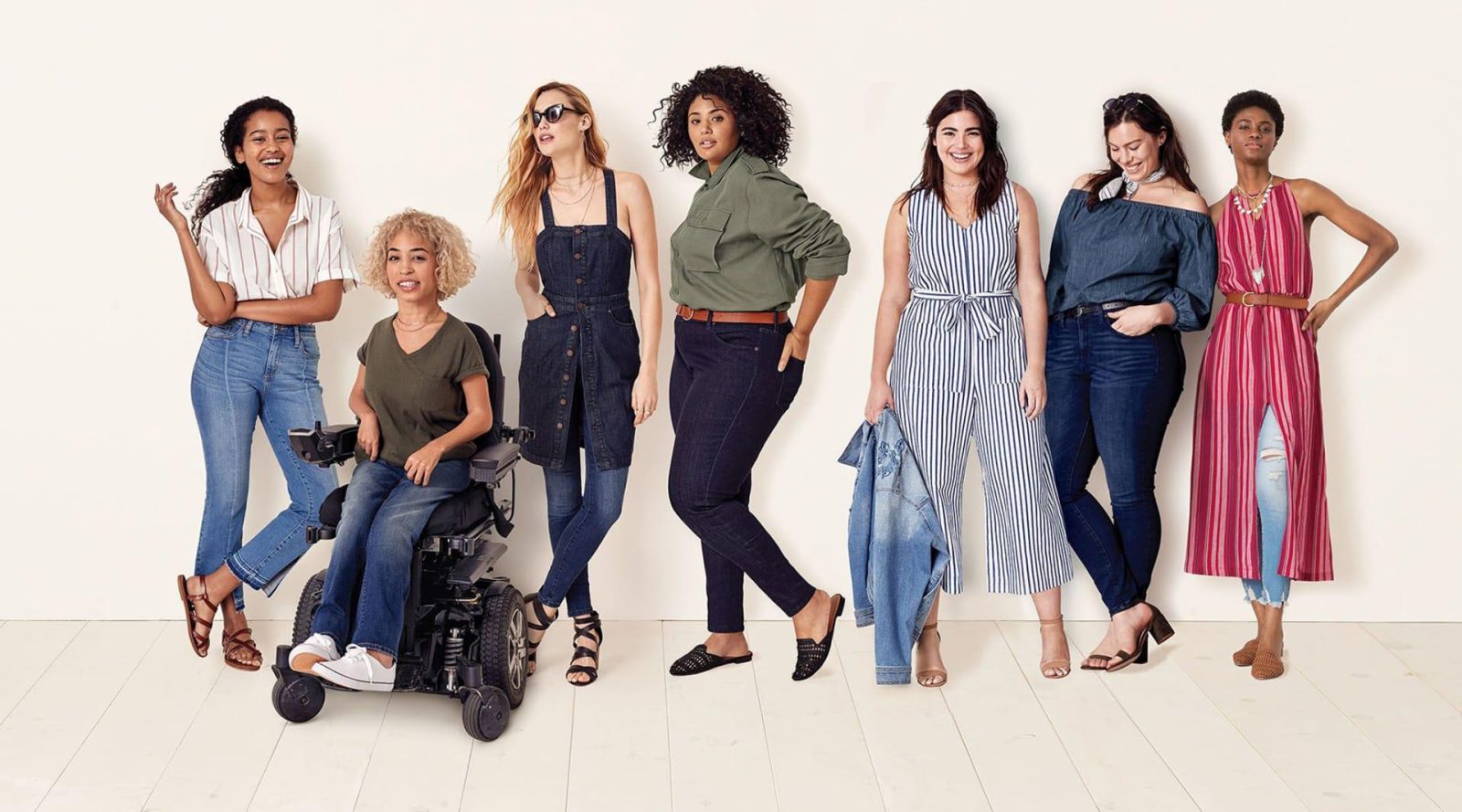

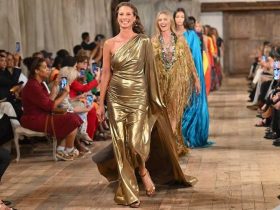

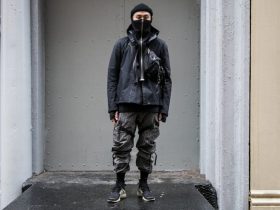
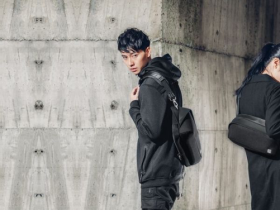




Leave a Reply